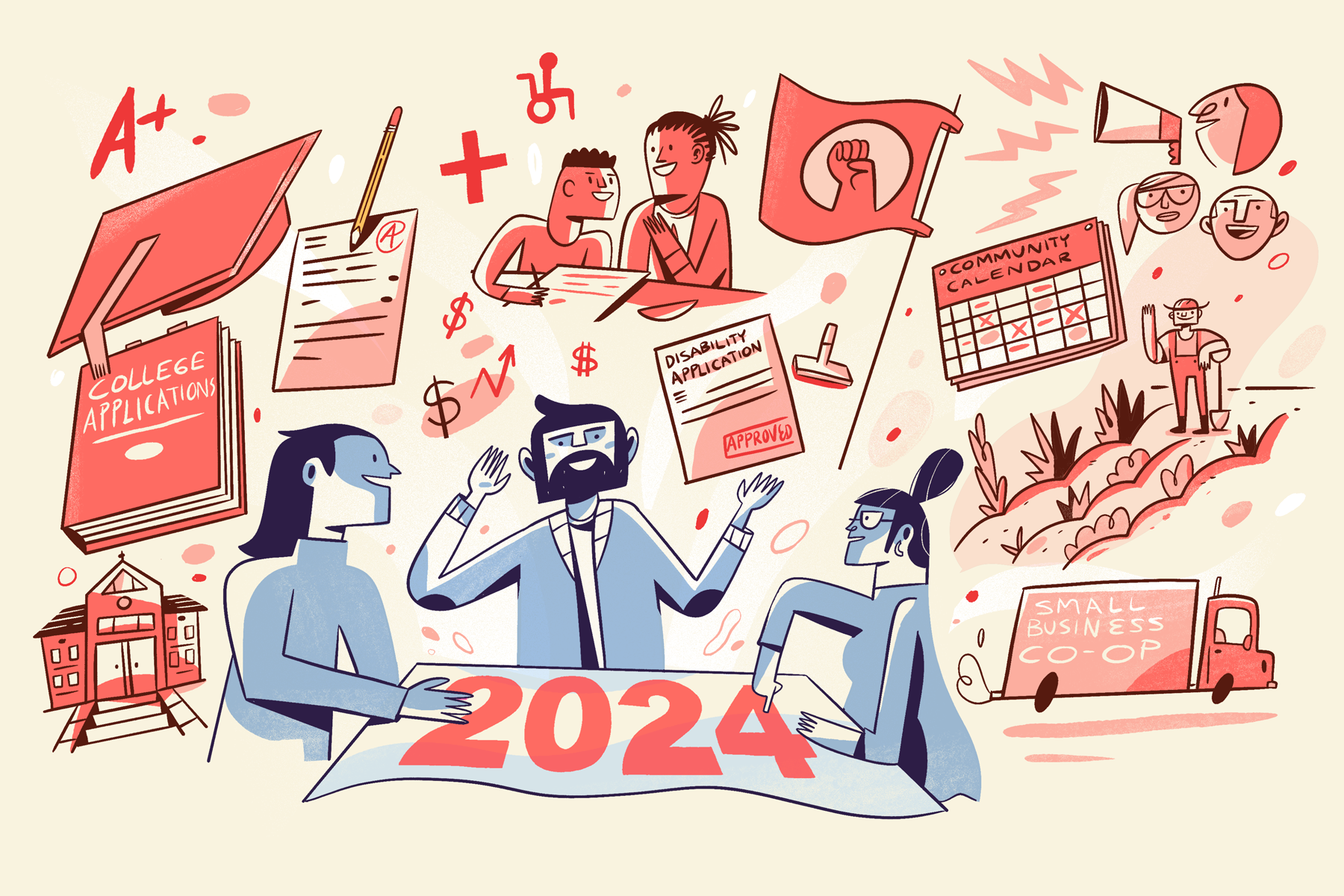
From Struggles to Solutions: A Teacher’s Takeaways After a Summer with Friday
By Ariana Chenlo, ’23 Friday Fellow. More information about our annual summer fellowship program can be found here.
Districts all over the country are witnessing a mass exit of teachers from classrooms, which has never been seen before. A National Education Association (NEA) survey from February 2022 revealed that 55% of educators plan on leaving the profession earlier than expected.
There are countless reasons why teaching is harder than ever, and why veteran teachers are often found saying, “It didn’t used to be like this.” Our country’s current socio-political climate, the influences of social media and technology on young developing minds, and the social-emotional and academic impacts of COVID-19 and remote learning are all contributing factors to the challenges faced in classrooms across the country on a daily basis. And for me this past school year, all of these factors culminated into increased racial incidents that my team, my administration, and I were not equipped to address.
In spite of many hours of training and daily routines centered around restorative practices, I found it difficult to respond when a student repeatedly made racist comments to a group of students, or when a student made racial threats against me. I had never experienced repairing this level of harm between students or within my classroom community. Facilitating these conversations required me to assess and reflect on my own identities, biases, and feelings, while emotionally supporting students and families who were victims of racial slurs. This was paired with creating lessons and routines to prevent future incidents, all while trying to continue to teach and differentiate academic standards. When speaking to teacher friends across the country, I found that these events were not unique to my classroom or school building.
Because of my experiences and reflections during the school year, I’ve been keenly tuned in to listening, learning, and reflecting during Friday’s bi-weekly DEI (Diversity, Equity, and Inclusion) lunches and summer retreat conversations. Previous to my start as a Fellow at Friday, the Friday DEI team sent a survey to staff to reflect on what DEI means to them and how it shows up in their daily lives personally and professionally. The goal was to find more personal and human-centered ways of saying DEI. From there, the team pulled common themes, patterns, and key insights that were used to create Friday’s definitions of DEIB (Diversity, Equity, Inclusion, and Belonging). During Friday’s summer retreat, we revised and provided feedback on these definitions. Throughout this iterative process, along with Friday’s routines, frameworks, and conversations, I’ve been thinking and reflecting more about what I can take back to the classroom and to my school’s staff and have narrowed it down to three big ideas:
This work is complex and never ending
DEI principles are at the basis of core values in most school districts across the country and are often met with questions like, “What does this mean? What does this look like in my school? My classroom? My personal interactions with staff, students, and parents?” These questions have pushed teachers to undergo extensive learning, unlearning, and reflection, and each teacher has a different response. From my experience, some teachers fear not “doing” DEI correctly. For others, they don’t feel that they have the time required to do this work. For some, their own biases interfere with participating in the work. And for others, a combination of these. One lesson I am taking away from my summer with Friday is that this work is complex and there is no right or perfect way to do DEI. Because of this, it’s important to model DEI authentically, in words and in actions. This can be in conversations or in classroom practices and routines. And since there’s no perfect way to do it, we need to make time to try and be okay with failing. We will fail, and when we do, we apologize, and try again. This is the only way to learn and to keep moving forward.
Structures, routines, and practices REALLY matter
During my first week at Friday, I was impressed with how intentional they were in creating structures, routines, and practices that are grounded in DEI. For example, setting culture norms, a leadership philosophy, a feedback philosophy, having staff create and share user manuals, hosting bi-weekly DEI lunches, and using a “spin the wheel” activity to take turns sharing during weekly “Here’s to Friday” meetings. Through these practices and structures, it is clear that:
- Feedback and brainstorming structures are approached with inclusion in mind
- Spaces are created to bring everyone’s authentic self and all ideas to the table
- Norms are regularly set that explicitly acknowledge differences in how team members work and think
Thinking through Friday’s structures, routines, and practices motivated me to rethink and revise the structures and practices I currently establish in my classroom. One practice I would like to include in my classroom comes from Harvard’s Graduate School of Education’s Project Zero’s Thinking Routine Toolbox and is called “Who Am I? Explore, Connect, Identify, Belong.” This routine is meant to explore the complexity of identity by prompting students to reserve judgment in order to develop greater understanding of similarities and differences. Another thinking routine I would like to use is Circle of Viewpoints, in order for students to explore different perspectives. Including these thinking routines, along with other relevant structures will help me create an inclusive environment that values diversity and a variety of perspectives and experiences.
The ultimate goal of DEI is B–Belonging
Friday’s definition of Belonging says, “When we build communities that value a variety of perspectives and experiences, we get to spend each day becoming the best versions of ourselves. We get to empower the people around us to do the same. That’s belonging. That’s the Friday Feeling. ” Before this summer, I hadn’t quite considered how all of these ideas and values are at work together, but it’s simple: when prioritizing diversity, equity, and inclusion, we make room for everyone to find their place and to feel a sense of belonging. As a teacher, I want all of my students to feel a sense of belonging. And I find that Friday looks to do just the same. The Friday Feeling celebrates personal growth and achievement, while leaving people feeling heard, considered, and valued. Although I’m not yet clear as to what changes or additions I would like to make in my classroom to better create a sense of belonging, I have more clearly defined the values that I want to be at the forefront in my classroom and plan to be intentional in doing so.







